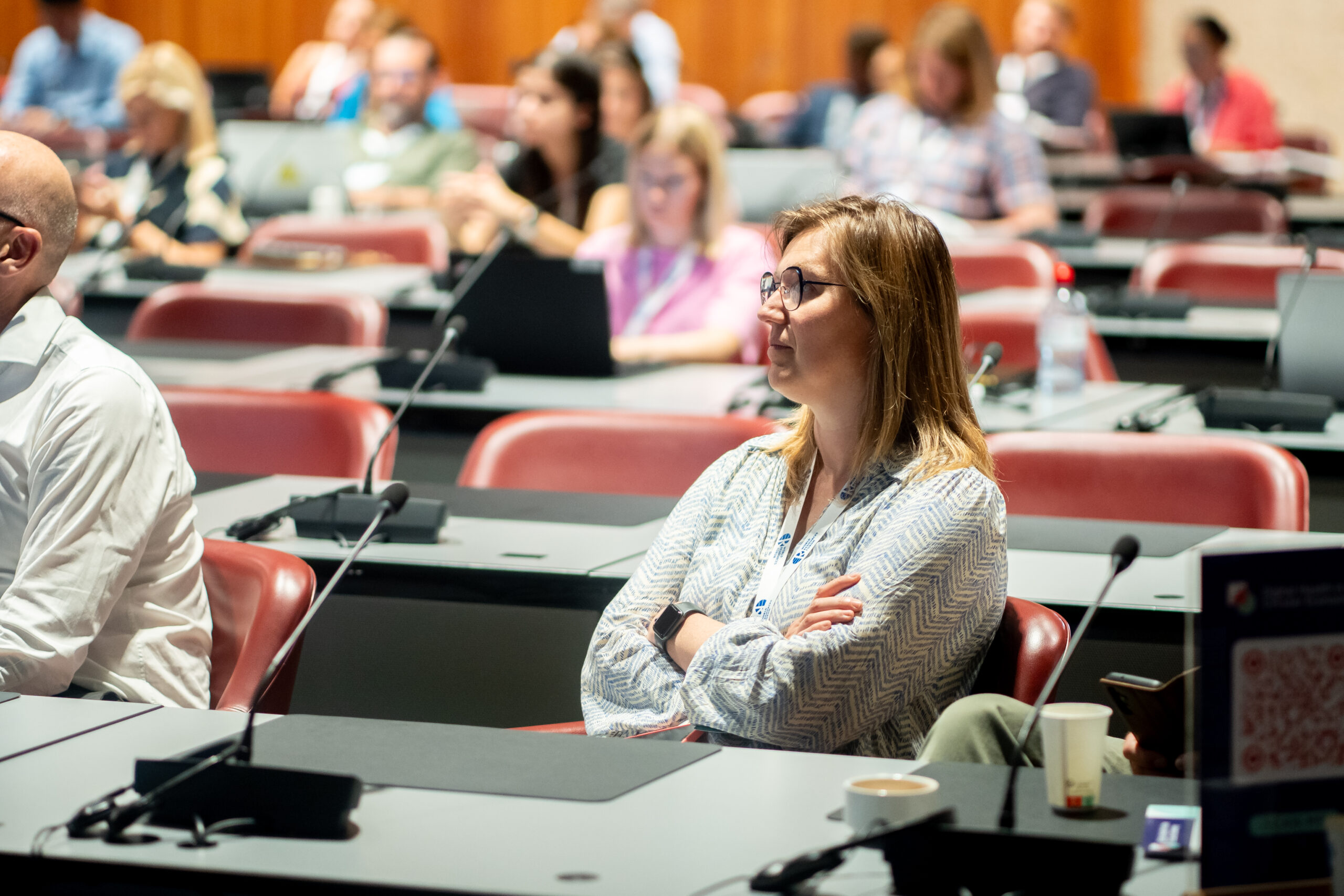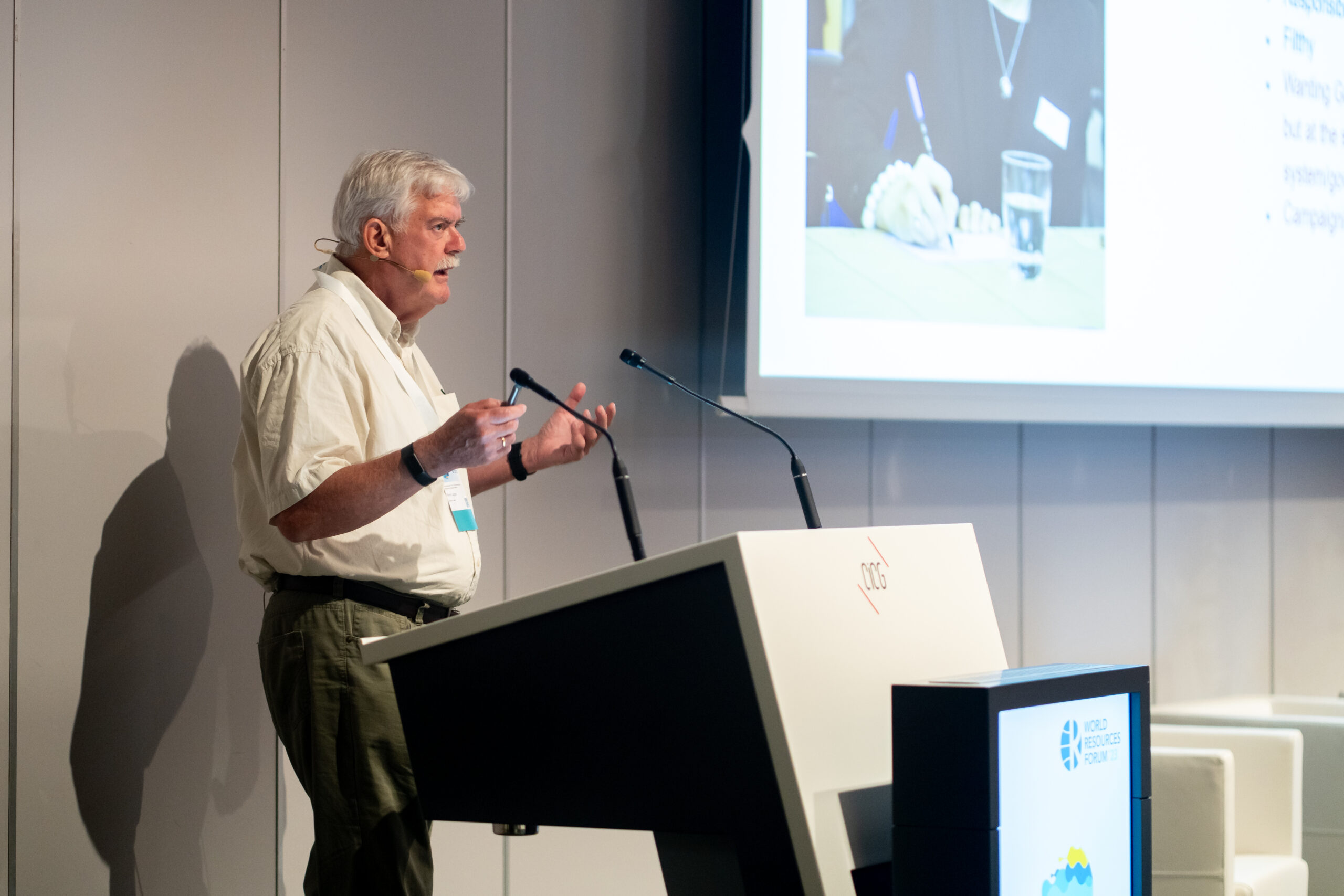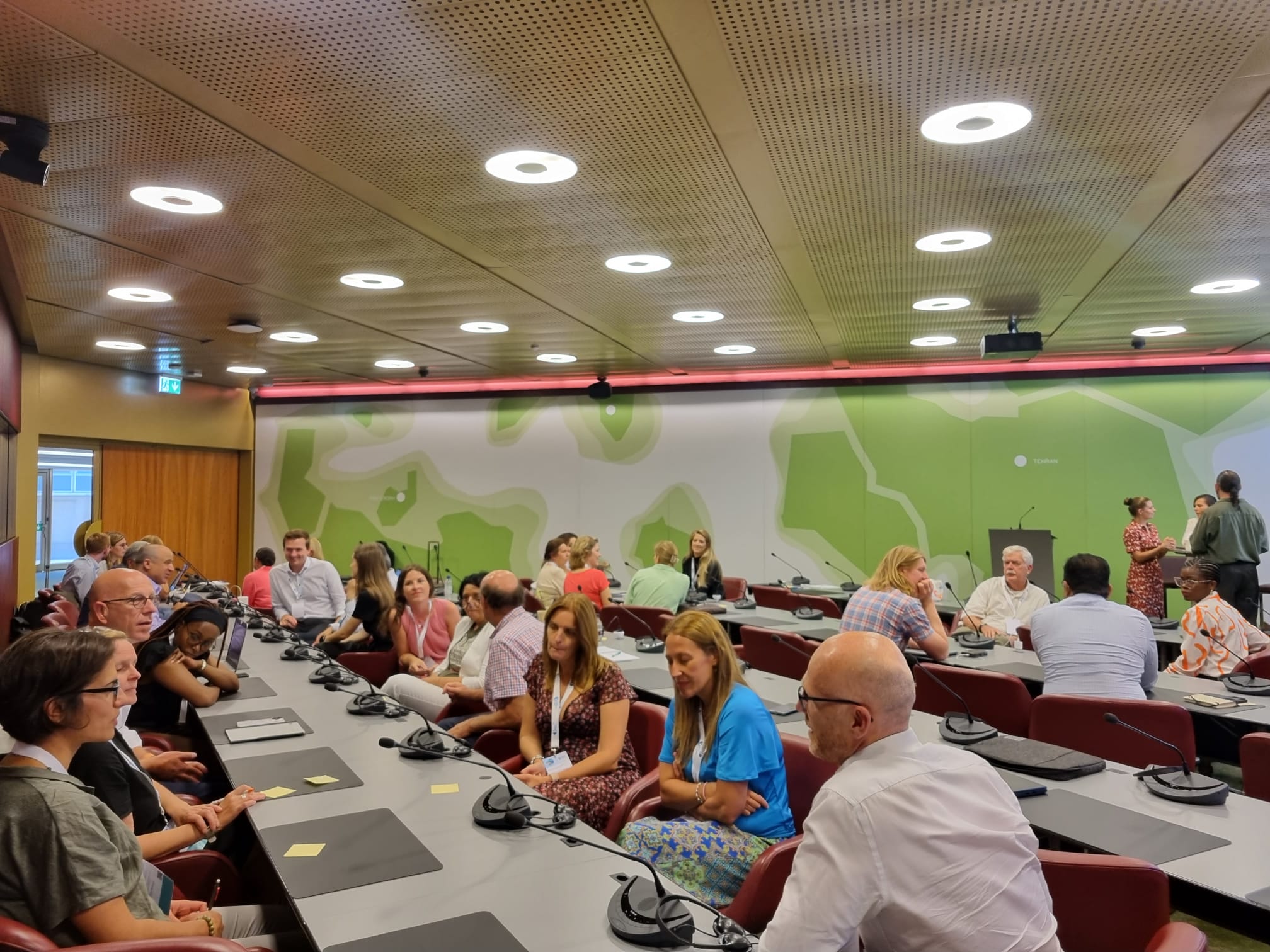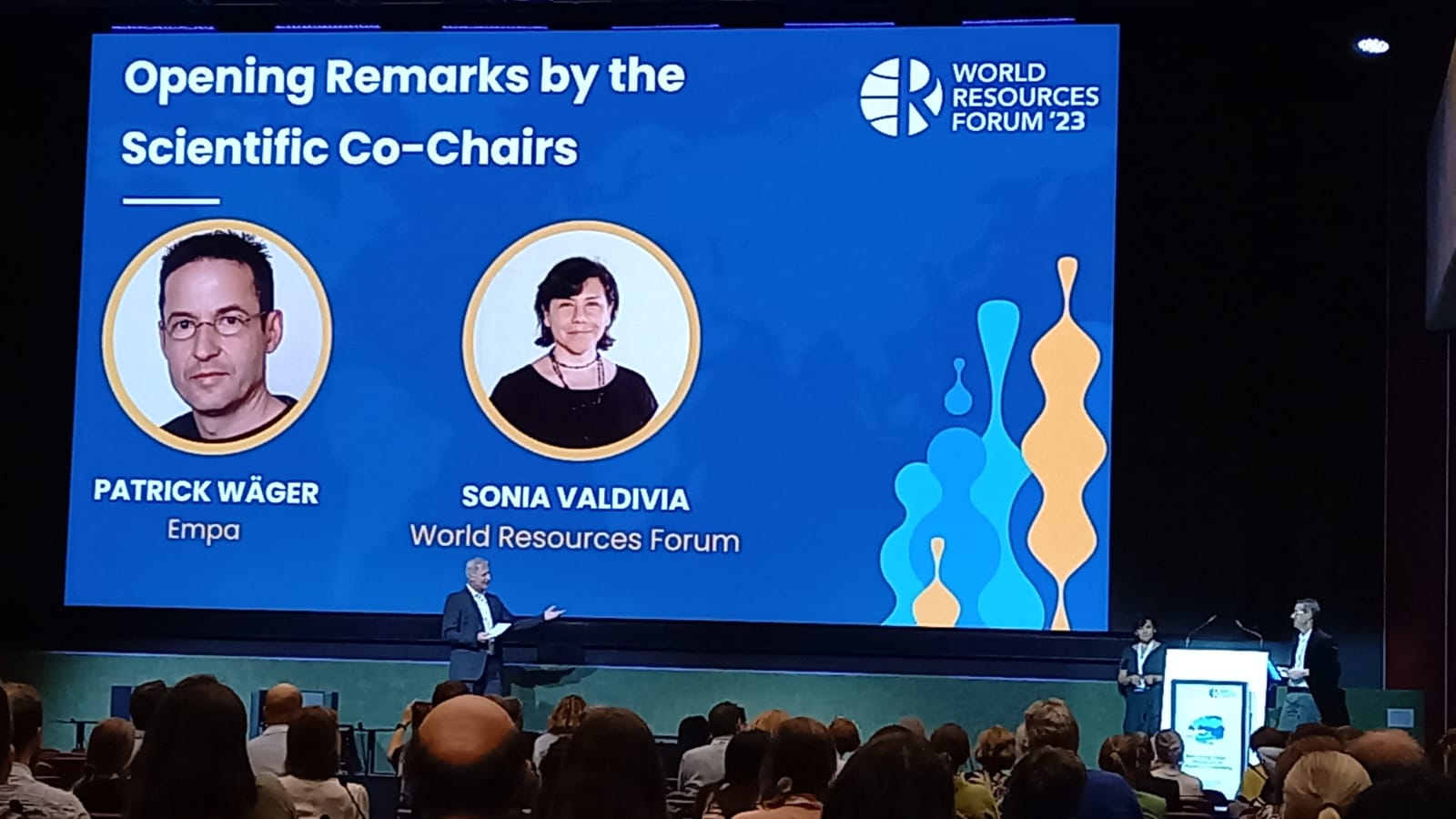A pharma executive gone digital.
Medical product development executive (medicines and tech) with 18 years of experience within global pharma, based in Europe and US. Several successful NDA, sNDAs and MAA within diabetes and cardio metabolic disorders as well as CE class 2b and 510Ks for combination devices.
Christian has previously led the digital transformation of development in Novo Nordisk and now works as a consultant within digitalization of clinical development in life science. He thrives in the interspace between medicine and technology. He is experienced in leading full-stack software development teams within the GCP/SaMD space.
He is a firm believer that future medical products must be digitally augmented thus considers it essential that medical product development must be as well.
While the future is bright, benefits to humans cannot continue to be at the expense of the environment. Creating transparency on environmental impacts of these evolutions, and designing for circularity, is step one to be able to harvest sustainable health outcomes.
Please share where your passion for your career comes from. Have you always intended to work in this industry?
I’m “familiarly disposed” to healthcare and medical research. Doing hands on clinical research was very rewarding but having the resources and network available in pharma has augmented the impacts on health outcomes I have been fortunate to be a part of.
Was there an outstanding moment where your path diverged, or you realised the importance of your profession?
Being a “geek@heart”, I have always struggled with the inability of pharma to utilise technology effectively. Having a deep-rooted credo of technology (digital health) being able to bring health equity about and simultaneously close the gaps around social determinants of health, made my move into the digital transformation space. Efficiencies are the bread and butter of digital transformations, but the insight it can provide are the delicious toppings.
What do you see as the biggest challenge in the circularity of digital health devices today?
That the manufacturing cost (like in many other industries) does not include the life cycle cost also associated with discarding the products and hence there are limited incentives for users to life cycle manage them appropriately.
How would you overcome this challenge?
I would start with the highest regulated “Class 3 Medical Devices” as these are predominantly sourced in hospital settings where processes for life cycle management (LCM) are likely more mature than with consumer grade digital health technologies (DHTs)
How does your expertise relate to DiCE?
Having been on the development side of medical devices within pharma for quite some time, I believe my experience can support DiCE in achieving its goals.
What do you expect from DiCE? How will it change the “sustainability landscape”?
I expect that tangible outcomes in terms of “Circularity Frameworks of DHTs” are brought about based on the prototypical use cases that DiCE is working on. I aspire for these frameworks to be introduced as part of the benefit/risk evaluations of the safe and effective use of DHTs to ensure that they are not only beneficial for health outcomes reasons … but for planet outcomes reasons as well.







